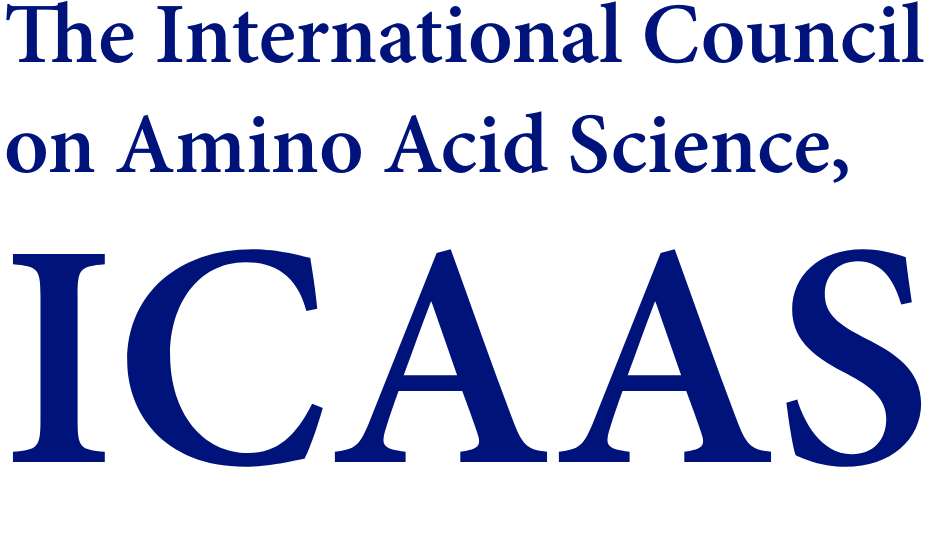お知らせ
- 2025.07.01
- 第40回アミノ酸セミナーが開催されます。(2025年12月5日)
- 2025.02.14
- 第39回アミノ酸セミナーが開催されました。(2025年5月30日)
- 2024.07.30
- 第38回アミノ酸セミナーが開催されました。(2024年12月6日)
- 2024.03.29
- 第100回日本農芸化学会 シンポジウム「医農がつくる栄養素動態学」(座長:永森収志、小林彰子)に協賛しました。
- 2024.03.19
- 第37回アミノ酸セミナーが開催されました。(2024年5月31日)
- 2023.12.19
- 第36回アミノ酸セミナーが開催されました。
- 2023.12.19
- 2023年の発表、規制対応に第36回アミノ酸セミナーを追加いたしました。
- 2023.12.19
- アミノ酸の分析ページを作成いたしました。
- 2023.10.20
- 2023年の発表、規制対応 に第35回アミノ酸セミナーを追加いたしました。
- 2023.10.20
- 2023年の発表、規制対応 に第17回日本アミノ酸学会での発表を追加いたしました。
- 2023.10.20
- 第36回アミノ酸セミナーが開催されます。(2023年11月17日)
- 2023.06.14
- 国際シンポジウム:人の健康のための食事性タンパク質(INTERNATIONAL SYMPOSIUM: DIETARY PROTEIN FOR HUMAN HEALTH)がオランダで開催されます。(2023年9月14日~16日)
- 2023.06.14
- 日本アミノ酸学会 第17回学術大会が福岡で開催されます。(2023年9月30日~10月1日)
- 2023.05.15
- 国際アミノ酸科学協会(日本支部)HPをリニューアルしました。

